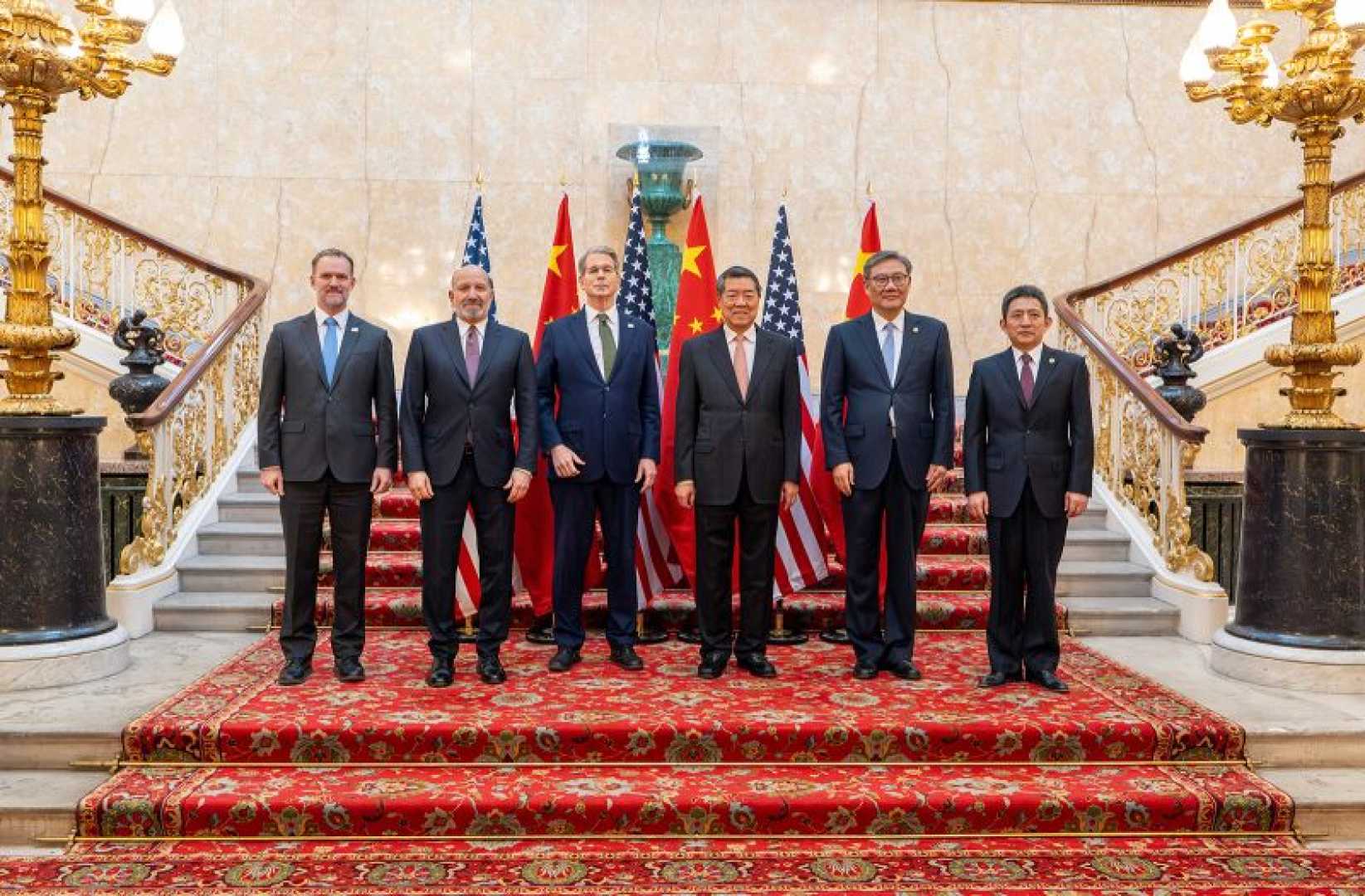Business
U.S. and China Seek Trade Truce Amid Ongoing Tensions

NEW YORK/SINGAPORE, June 11 (Reuters) – A new trade framework between the United States and China aims to ease tensions that have disrupted the global markets. After two days of discussions, both nations claimed progress, though the absence of detailed commitments leaves uncertainties for investors.
On Wednesday, President Donald Trump announced that the U.S. deal with China is complete, highlighting China’s commitment to deliver magnets and rare earth minerals in exchange for the U.S. permitting Chinese students to study at American colleges.
Chinese Vice Commerce Minister Li Chenggang stated earlier that both countries had agreed on a general trading framework, which will be sent back to their respective leaders for final approval. A White House spokesperson added that the agreement allows for a 55% tariff on certain imported Chinese goods.
Market reactions were subdued, with Wall Street stocks slightly declining while the dollar dipped. In contrast, Chinese stocks rose to their highest level in almost three weeks. Market observers noted that while the talks concluded on a positive note, the lack of specific details left investors wanting more.
Chris Grisanti, chief market strategist at MAI Capital Management, remarked, “The details are scarce, and both sides are claiming to be satisfied, but the issue is far from resolved.” Oliver Pursche, senior vice president at Wealthspire Advisors, added that the negotiations showcased a pragmatic approach, yet caution remains due to inadequate details.
The upcoming July 8 deadline for a 90-day pause on tariffs adds urgency to the negotiations. Investors are concerned as markets previously plummeted following Trump’s “Liberation Day” announcement in April, which led to fears of a potential recession. Following the rollback of many punitive tariffs, the S&P 500 index increased over 20% since its April lows, nearing record highs.
U.S. Commerce Secretary Howard Lutnick indicated that the latest framework builds on an earlier agreement made in Geneva aimed at reducing punitive tariffs. Despite a cautious outlook, analysts believe that significant strides must be made for a complete resolution.
Economists warn that the ongoing trade war could significantly impact both economies, with potential damages reaching up to $600 billion in two-way trade. Phillip Wool of Rayliant Global Advisors expressed a sense of caution among investors, stating that a rally in stocks would be based more on emotions than fundamental improvements.
As China’s economy faces challenges from tariffs affecting its export potential and internal deflationary pressures, analysts point out that any resolution will be crucial for both nations. Tariffs have severely impacted U.S. business and consumer confidence, contributing to a steep decline in the dollar’s value this year.
In separate developments, China, alongside 53 African nations, called on all parties, particularly the U.S., to amicably resolve trade differences. China’s Foreign Minister Wang Yi made the announcement during a recent meeting in Changsha.
As both nations continue to navigate these challenges, uncertainties linger in global markets.












